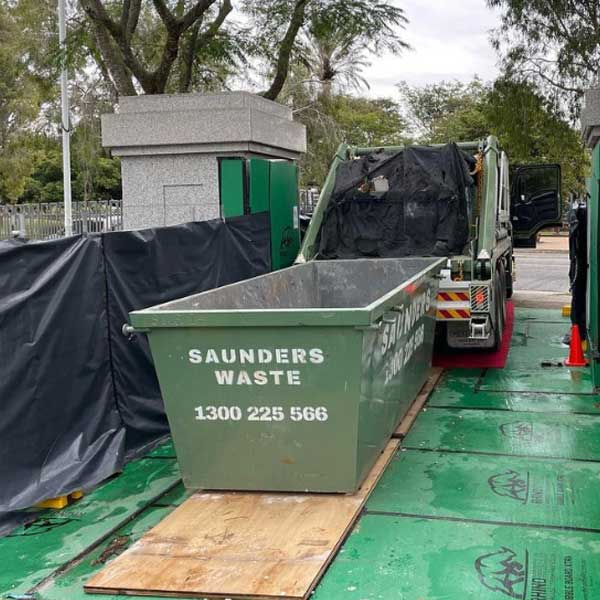Whether you’re undertaking a home renovation, a major landscaping project, or simply decluttering your property, skip bins can be a valuable tool to efficiently manage waste removal. However, before you can take advantage of skip bin services, it’s crucial to prepare your site properly. This guide will walk you through the essential steps to ensure smooth access for your skip bin.
Assess Your Waste Removal Needs
Before you even order a skip bin, take some time to assess your project’s waste removal requirements. Consider the following factors:
The type and volume of waste: Determine the type of waste you’ll be generating (e.g., construction debris, household waste, green waste) and estimate the volume. This information will help you select the right size of skip bin.
Duration of the project: Decide how long your project will last and how often you might need waste removal services. Skip bin rental periods vary, so plan accordingly.
Location of the skip bin: Identify the most convenient and accessible location on your property where the skip bin can be placed. Keep in mind that the placement should allow for easy loading and safe access.
Choose the Right Size Skip Bin
Selecting the correct skip bin size is crucial to ensure you have enough space for your waste without overloading it. If you’re uncertain about the size, it’s better to opt for a slightly larger bin to prevent overflow. Here are some common skip bin sizes and their typical uses:
3 cubic meters: Suitable for small household cleanouts, garden waste, or minor renovations.
4 cubic meters: Ideal for medium-sized home projects, such as kitchen or bathroom renovations.
6-8 cubic meters: These sizes are suitable for larger renovations, construction sites, or major cleanouts.
Prepare the Access Path
To ensure the skip bin can be delivered and positioned without any issues, you’ll need to prepare a clear access path for the delivery truck. Here’s what you can do:
Measure the width of the skip bin and clear any obstacles in its path, such as cars, debris, or overhanging branches.
Ensure the driveway or access road leading to the site is wide enough and free of obstructions. Trim any overhanging tree branches if necessary.
Check for any low-hanging power lines or cables that might interfere with the delivery.
Obtain Necessary Permits
In some cases, you may need permits to place a skip bin on public property, such as a street or sidewalk. Contact your local council or municipal office to inquire about permit requirements and application procedures. Failure to obtain the necessary permits can result in fines or the removal of the skip bin.
Prepare the Site
Once you’ve selected the right skip bin size, cleared the access path, and obtained permits if needed, you’re almost ready for delivery. Here are some final steps to prepare your site:
Mark the designated location for the skip bin using cones or markers to ensure accurate placement.
Communicate clearly with the skip bin provider about your site’s specifics, including access instructions, delivery date and time, and any special requirements.
Properly preparing your site for skip bin access is essential for a seamless waste removal process. By assessing your needs, selecting the right size bin, clearing access paths, obtaining permits if necessary, and communicating effectively with your skip bin provider, you can ensure that your project proceeds smoothly and responsibly. With these steps in mind, you’ll be well-prepared to manage your waste efficiently and contribute to a cleaner and more organized environment.



